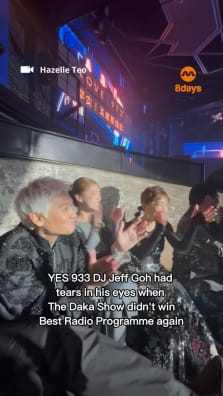Guillermo del Toro On Why His Aquatic Fairytale The Shape Of Water Has To Be R-rated
"There is enough magic in the ocean to supply you with the same wonder that fairytales do."
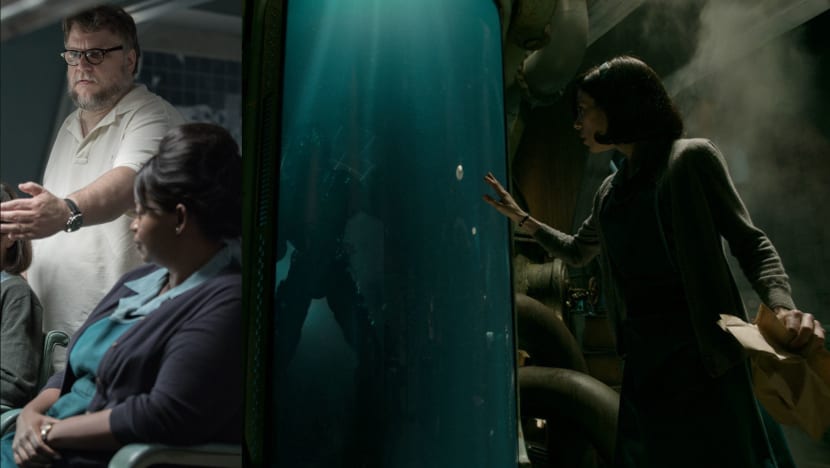
Taking shape: Guillermo del Toro, the director of The Shape of Water.
We recently chat with the Mexican director, who's up for a Best Director Oscar next month for the creature-feature The Shape of Water, and asked him about deep-sea diving with James Cameron, the chances of working with Donnie Yen again, and his love for It's Always Sunny in Philadelphia. At time of writing, the 53-year-old filmmaker has already won Best Director at the Golden Globes and the Directors Guild of America Awards, making him an Oscar frontrunner.
8 DAYS: You’re now promoting The Shape of Water in Tokyo. The movie, a love story between Sally Hawkins’ mute woman and a sea monster, is rich in details and has an air of mystery. Do you fear that you may demystify the movie by talking too much about it?
GUILLERMO DEL TORO: No, because the thing I find with this movie is that no matter how much you think you know, the movie still surprises you. It’s many things at once. It is not just one thing. So you can safely talk about one aspect of the movie quite a bit, and still be very surprised.
There’s sooo much green in the movie. Aren’t you sick of the colour by now?
No (laughs). We used it to tell the story, and the green in the movie represented the future. We used it so much and so carefully that I just got used to living in that green world.
The Shape of Water is R-rated. Did the studio try to talk you into toning it down to PG-13? It is, after all, a fairytale.
It’s a movie that is directed at adults, in a very adult way. It’s a movie that’s very political, and very personal to me. From the beginning, it was conceptualised as a movie that included a very healthy, sexual dimension to the characters, and I think these are things that are better digested when you’re an adult. So it was always conceived as an R-rated movie.
One such, ahem, adult moment involves Sally Hawkins’ Elisa and an egg-timer.
The movie is also very much about time. I really thought it was important to show that she wakes up in the morning, and her day is barely enough for her to make it to work. Every minute is accounted for. She basically has three minutes to herself in the bathtub, and that’s it. So she has to set up the timer, and when it rings, she has to get out, shine her shoes and go to work. It was a very nice detail that tells you a lot about her life.
Elisa’s dance sequence is pretty surreal. Was that scene always in the script?
It came out very early. It was important because it’s, again, the world that defines her. She loves musicals, she watches them with her neighbour, and she dances now and then. It’s her little thing. She’s listening to music all day, and she has her own record player. It sort of defines who she is in a very beautiful way. Again, it’s unexpected. I think the audience likes to learn things about characters that they are not expecting, to be taken to places that are not their everyday life. So the movie transports you to a different world. It’s a real world, but it’s also very fairytale-like.
Did doing that sequence make you want to make a musical? Look at Steven Spielberg — he’s making West Side Story!
I don’t know. I’m not thinking about it right now (laughs). But I do love musicals. To me, they are the purest form of sound cinema. I think if there’s anything that has ever justified the invention of sound in cinema, it’s the musical. So I love them very much.
Michael Shannon’s performance as the abusive Agent Strickland is very unsettling. He’s always eating candy. Was that by design?
There’s a thing about his character that is important — he thinks he’s a simple and decent man, but then you see what he does. He’s talking about something that is simple and very good-natured like candy. But in reality, he’s talking about torturing a person. He’s a character that got everything he should’ve gotten to be happy — a wife, a house, two kids, a car, and apparently, a beautiful life, yet he’s so angry, so unhappy. He’s apparently very sure of himself, but he is masculine in a very insecure way. He thinks he is decent, but is cruel to people who are weaker than him. So he’s a character that is full of contradictions, and for a character like that, the last thing you expect him to talk about is the simplicity of the candy he likes.
Doug Jones, who played the sea monster, is your frequent collaborator. So is Ron Perlman. Were there talks to include him in The Shape of Water?
Originally, there were actually three generals, and one of them was going to be Ron. But we thought it was more interesting to make it one general — General Hoyt, played by Nick Searcy — and give him and Strickland this sort of father-and-son relationship. So we wrote Ron out.
You directed Donnie Yen in Blade II. Do you guys still stay in touch?
Yes, I’ve remained a fan, and now and then I'd write to Donnie. I wrote him to congratulate him on his Ip Man movies, which I thought were phenomenal. I actually wrote him a big part on Pacific Rim 2, and I was getting to do it with him, but then I left the project and the part got changed. But yes, I stayed in touch with Donnie. I’m a huge fan, and he has matured beautifully as an actor. He’s still a very tremendous martial artist. He has such gravitas and authority, and now he’s vulnerable in a way that he wasn’t in his youth, and I think it adds a dimension to him.
Was it difficult for you to walk away from the Pacific Rim sequel? Some directors are very protective of their movies…
The answer is no because I left it to do The Shape of Water. So I was going to do a movie I loved, and I thought, “I already did the first one. I already had fun in that world. I haven’t done something like The Shape of Water.” So I was much more tempted to try that.
You once said you dreamt of becoming a marine biologist. Had you pursued it, people would start calling you ‘Gill-more’ del Toro.
They probably would’ve (laughs). I’m a very good scuba diver and I do know quite a bit about marine biology. I’ve always been interested in it. So I researched and read a lot as a kid, and I would’ve loved to be a marine biologist. I think there is enough magic in the ocean to supply you with the same wonder that fairytales do. It’s an entirely different world down there.
James Cameron wrote the foreword in your book, Cabinet of Curiosities, and he’s a marine enthusiast. Has he invited you to go deep sea diving with him in a submersible?
I’m too fat for a submersible; I don’t think I can fit through the porthole. But James and I have been friends for 27 years, and I really think he’s one of my best friends. We talk often about going scuba diving, not deep sea diving.
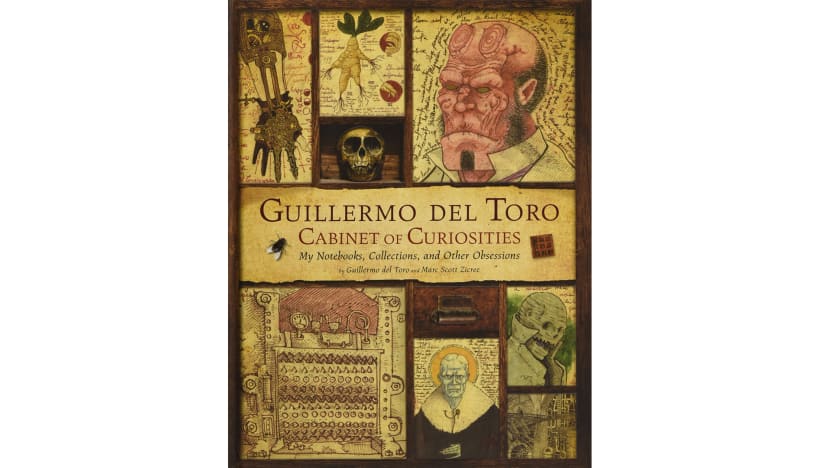
Tales from his crypt: Guillermo del Toro shared his weird obsessions in the book Cabinet of Curiosities.
This year marks the 25th anniversary of your debut film, Cronos. If the younger Guillermo were to time-travel from the past to the present to see you, what do you think he’ll be most surprised about?
Everything! I would not recognise myself now. I feel that the parts that I would recognise are the love for the things I do, the loyalty to the genre, the love I feel for monsters, and the poetry I find infallible in the genre. I think there’s beauty to it. But I wouldn’t recognise many other things. The way the craft has become something I feel comfortable with; the fact that I am able to work on a big or small-scale movie depending on what I want to do is a choice I didn’t think was possible when I was young. And the fact that I can communicate with people all over the world in a way that I find very rewarding, emotional, and beautiful. All those things, I couldn’t have dreamt of as a young man, and I am very grateful for them.
You’ve never directed a comedy, even though your movies have some comedic elements, and you guested on It’s Always Sunny in Philadelphia. How did that come about?
I hired Charlie Day [for Pacific Rim] because I was a big fan of Sunny. So when we were shooting Pacific Rim, I said to him, “Can you write me a little cameo on Sunny, because I’m a big fan of the series?” He agreed to do it, and I’ve gotten to do it twice now. I love him. I love that series; it has fantastic writing. I hope he’ll write me another part. I would love to do it again.





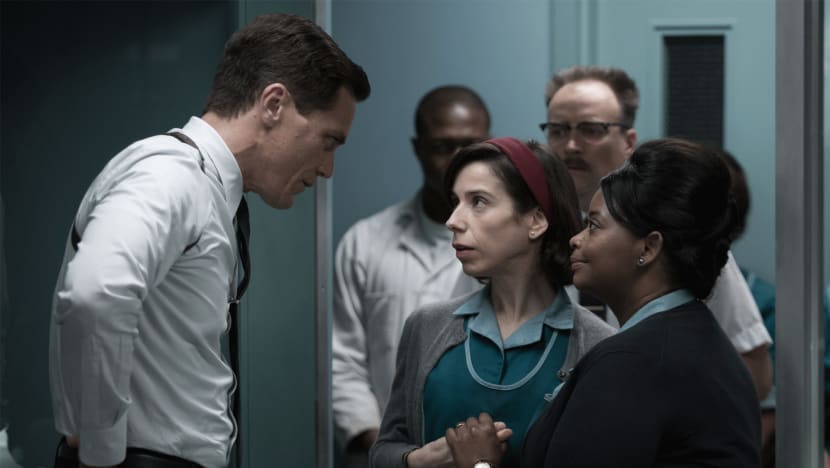

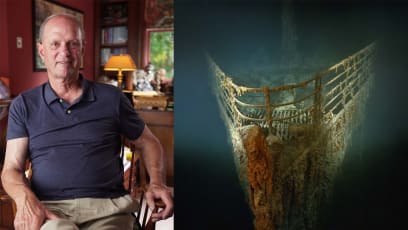
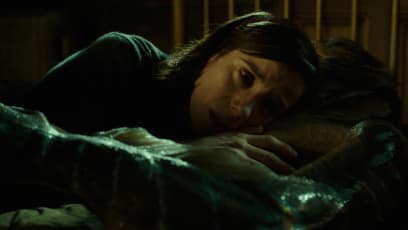
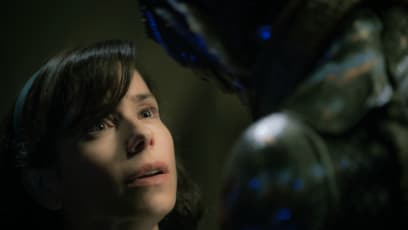




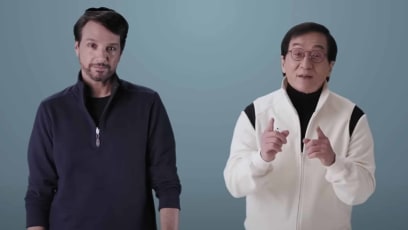



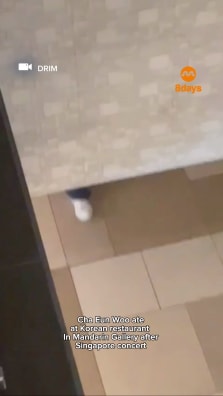



![Boss of Rui Ji chicken rice used to own a tattoo parlour! Talk about a career change! Link in bio to read more
📍Rui Ji Chicken Rice
Blk 93 Toa Payoh Lor 4,
#01-48, S310093
📍148 Beach Road,
#B1-01 The Gateway,
S189720
📍Blk 305 Ubi Ave 1,
#01-179, S440305
[till 16 Apr 2024]
https://tinyurl.com/5dudypkh](https://onecms-res.cloudinary.com/image/upload/s--9s0hbGvI--/c_fit,h_396,w_223/f_auto,q_auto/v1/8days-migration/18015522113203478.jpg?itok=EX3xKSNq)


